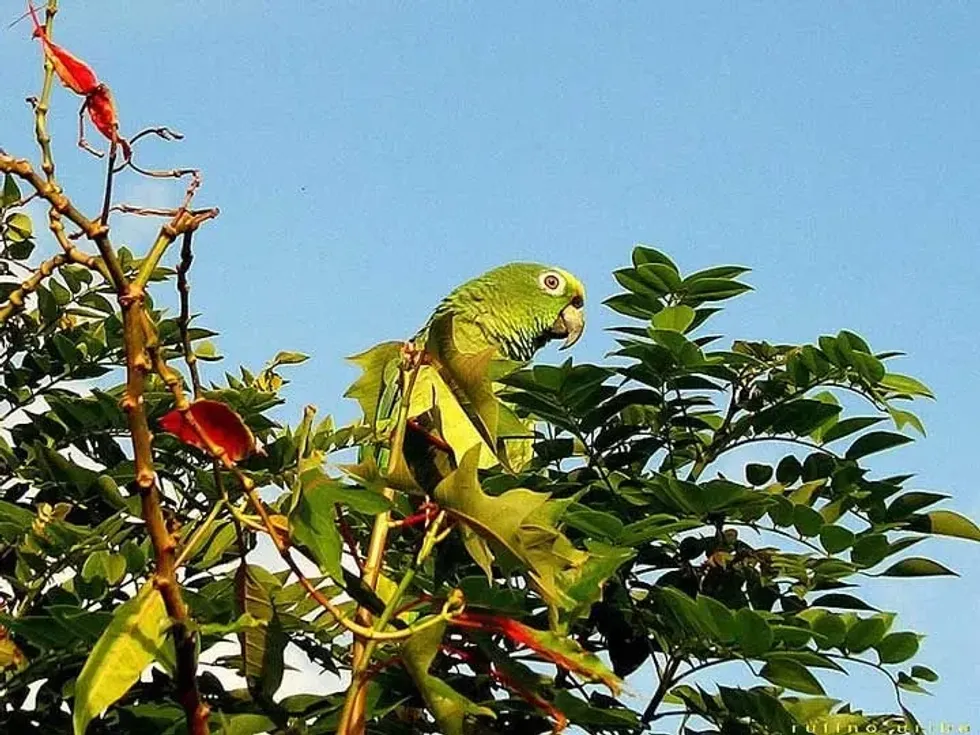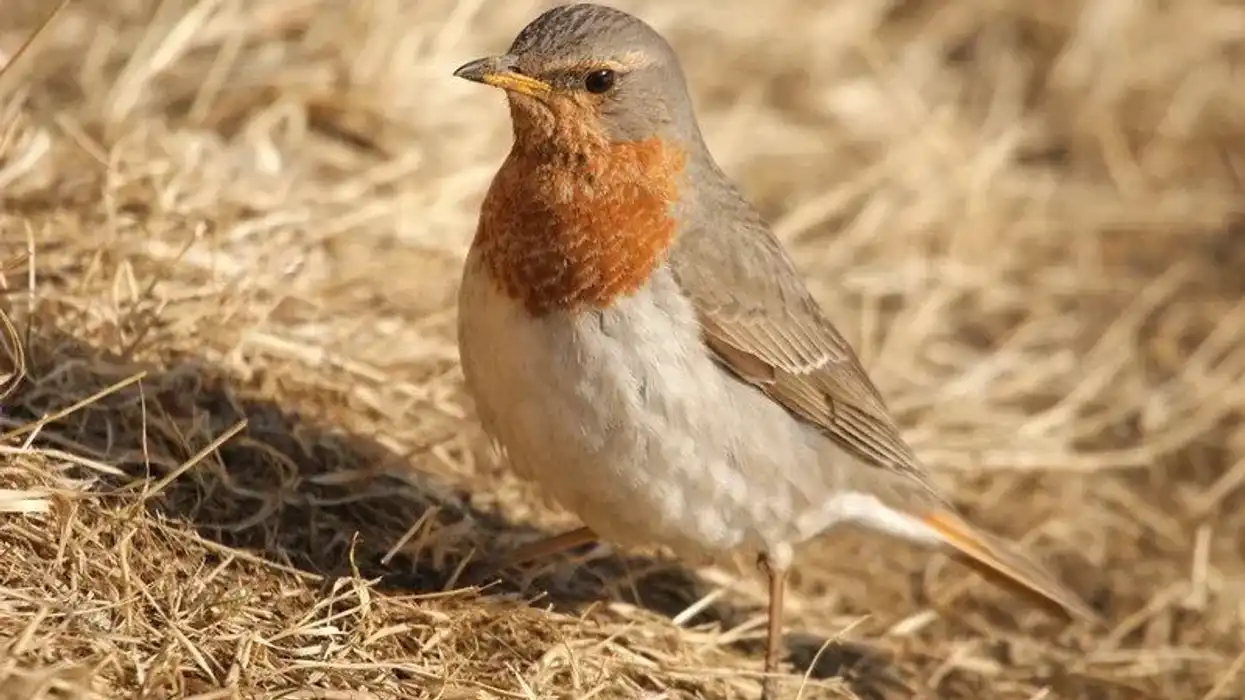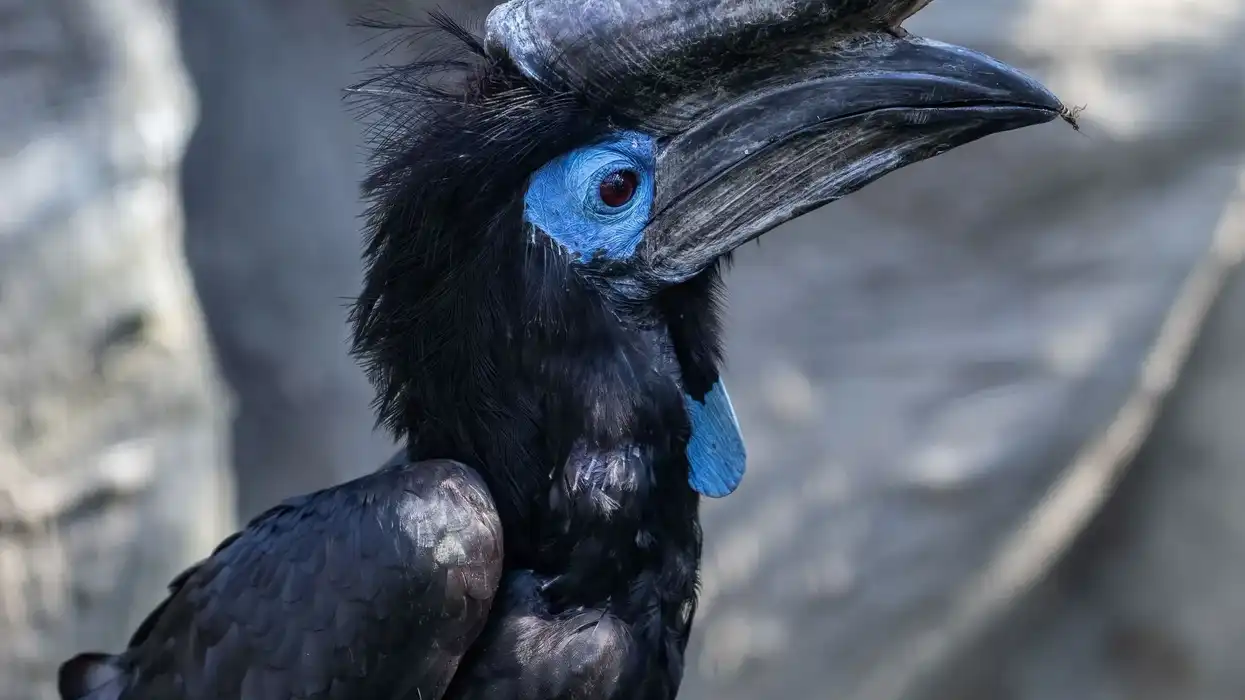The yellow-crowned parrot (Amazona ochrocephala) is a beautiful, highly energetic, social, and intelligent bird species endemic to the Amazon river basin. Its taxonomy is complex, therefore termed as a 'taxonomists headache.' Most of the traits are similar to other parrot breeds.
It possesses ideal characteristics, such as a short, squared tail, robust body, and strong black beaks. The ruffled plumage of this green parrot is easy to recognize. Males and females almost look similar.
The green-yellow Amazona ochrocephala is an excellent talker. It can generate a heavy vocabulary and repeat complicated sentences in a plain and loud voice. They are diurnal birds, meaning they are active during the day.
The yellow-headed parrot is a monogamous bird and its nest in hollow trees or palms. Most other Amazons select their nesting cavities based on tree species, height from the earth's surface, and entrance size, but the yellow fronted parrot does not have such prerequisites. It just chooses any tree in good condition.
This parrot is very aggressive when some other parrot tries to occupy its territory. When feeling threatened by another parrot, it vocalizes loudly and physically attacks the opponent. The yellow-crowned amazon diet includes fruits and seeds.
If you like birds, then you can also find many interesting facts about other bird species, such as the great green macaw and night parrot.
Yellow-Crowned Amazon Interesting Facts
What type of animal is a yellow-crowned Amazon?
It is a species of parrot endemic to Panama and tropical South America. It consists of two subspecies, the yellow-headed Amazon and the yellow-naped Amazon.
What class of animal does a yellow-crowned Amazon belong to?
The yellow-crowned parrot (Amazona ochrocephala) is one of the species of parrots that belongs to the class Aves of Phylum Chordata.
How many yellow-crowned Amazons are there in the world?
The yellow-crowned parrot, also known as yellow-fronted Amazons, are birds that have an exceptionally large range but the population size of these parrots is unknown.
Where does a yellow-crowned Amazon live?
The yellow-crowned Amazon range is from Mexico to central South America, including Trinidad and Tobago, Peru, Panama, Amazon basin, Northern Brazil, Venezuela, Eastern Andes, Colombia, and many other Caribbean Islands. It is also found in California, south Florida, and Grand Cayman, where it was introduced by people.
What is a yellow-crowned Amazon's habitat?
The yellow-crowned amazon distribution range from humid and dry lowlands, mangroves, savannas, and various tropical forests to deciduous woodlands and high scrublands. It is also found in forests of pines and suburban areas.
However, in the southern area of its range, it is barely found away from the rainforest of the Amazon. It is found up to 2600 ft (792 m) in the Andes as a lowland bird. Some yellow-crowned parrots have been seen in Puerto Rico.
Who do yellow-crowned Amazons live with?
They are usually found in pairs or flocks of up to 30 individuals. They can also be seen at clay licks which are walls made of red clay formed by erosion at river banks.
How long does a yellow-crowned Amazon live?
The yellow-crowned Amazon's lifespan is about 56 years in the wild. However, it can live up to 100 years in captivity.
How do they reproduce?
The breeding season is from December to May. The green Amazon parrots reproduce monogamously.
To attract each other, their courtship displays include bowing, dropping of wings, flicking of wings, jerking of tails, raising of feet, and dilation of the eye pupils. The pairs remain close to each other when they perch or roost.
After mating, the females lay two to four eggs per season in a nest that is usually built in a hollow in a tree, such as a termitarium or a palm.
Eggs are elliptical and white with no shell markings. The incubation period is from 24 to 27 days.
During this period, the male takes care of the female and feeds her. After hatching, it takes about 30 more days to become fledglings.
In this time, the female mostly takes care of the offspring, occasionally takes breaks to forage. After some days, the male starts feeding the young, but the females still do most of the feeding.
There is not much information available about feeding habits. The young ones of these birds are mostly are nude with white or grey hairs on the back. Within two months, the offspring become independent.
They can fly and found their food. The sexual maturity in these parrots reaches after three years.
What is their conservation status?
The BirdLife International and IUCN (International Union for Conservation of Nature) include yellow-headed parrots in the Least Concern category. Though the population size is declining continuously, they do not reach the threshold described by BirdLife International to put the species on the Threatened bird's list.
Like other parrot species, it is included on the appendix II list of CITES (Convention of International Trade in Endangered Species of Wild Fauna and Flora). These birds live in various protected regions and remain quite common throughout a bigger part of their range.
Yellow-Crowned Amazon Fun Facts
What do yellow-crowned Amazons look like?

The yellow-crowned Amazons, also known as yellow-fronted, have green plumage and a short tail. With a red speculum on both wings, carpal edge, and tip of the tail, the parrots have dark blue tips to the primaries and secondaries.
When yellow-fronted birds roost, the red and blue parts are quite arduous to see, but the red base on the feathers of the tail can be easily seen in the wild. There are yellow patches on various parts of the body, especially on the head.
The amount of yellow is variable in every parrot and also species. The two subspecies (nattereri and panamensis) have yellow color only on the crown area, and some of them have yellow plumage around the eyes.
However, the subspecies xanthelasma possesses a large amount of yellow on the head than the others two.
All subspecies have white rings covering the eyes. They also possess a dark bill with a big gray horn and a red spot on the upper mandible.
Both males and females look similar, but juveniles are dull yellow and red on the plumage. The young ones are nude when born and later develop green color.
How cute are they?
The Amazon parrots are adorable birds that have green plumage with patches of yellow color, especially on the head. They also have a red tint on the wings. This color combination makes them one of the favorite birds of human beings.
How do they communicate?
These parrots emit variable sounds, such as whistles, shrieks, screeches, and squawks. For courtship displays, they use various visual techniques to attract the mate.
How big is a yellow-crowned Amazon?
The yellow-crowned Amazon size is between 13-15 in (33-38.1 cm), which is 15 times larger than a streak-throated swallow.
How fast can a yellow-crowned Amazon fly?
This parrot has a flying speed of 40-50 mph (64.3-80.4 kph). It is a powerful flier and flies high on long-distance flights.
How much does a yellow-crowned Amazon weigh?
The weight of the yellow fronted amazon bird can range up to 15.16 oz (430 g).
What are the male and female names of the species?
There are no specific names for male and female of this bird.
What would you call a baby yellow-crowned Amazon?
The young of this bird is generally known as a chick or offspring.
What do they eat?
The yellow-headed Amazons feed on seeds, nuts, berries, fruits, blossoms, and leaf buds. The main predators of parrots are hawks, owls, eagles, snakes, jaguars, ocelots, and bats.
Are they dangerous?
No, they are not dangerous.
Would they make a good pet?
Due to their beautiful appearance, many people keep the yellow-crowned parrot as pets. Their talking abilities also make them one of the most suitable pets to keep. They make a nice companion. However, the yellow-crowned amazon parrot price is quite high due to their rare availability.
Did you know...
The yellow-fronted amazon parrot makes a partner for life.
Yellow-crowned amazon parrot usually costs around $1000 or even more in some places.
Do yellow-crowned Amazons talk?
Like other parrot species, they consist of a complicated and flexible repertoire, which provides them the quality of mimicking human speech.
Why is it called 'yellow-crowned Amazon'?
They got their name from the fact that they have yellow crowns on their head, with a green body coloration.
Here at Kidadl, we have carefully created lots of interesting family-friendly animal facts for everyone to discover! Learn more about some other birds from our rhinoceros hornbill facts and boreal chickadee facts pages.
You can even occupy yourself at home by coloring in one of our Yellow Crowned Amazon coloring pages.










